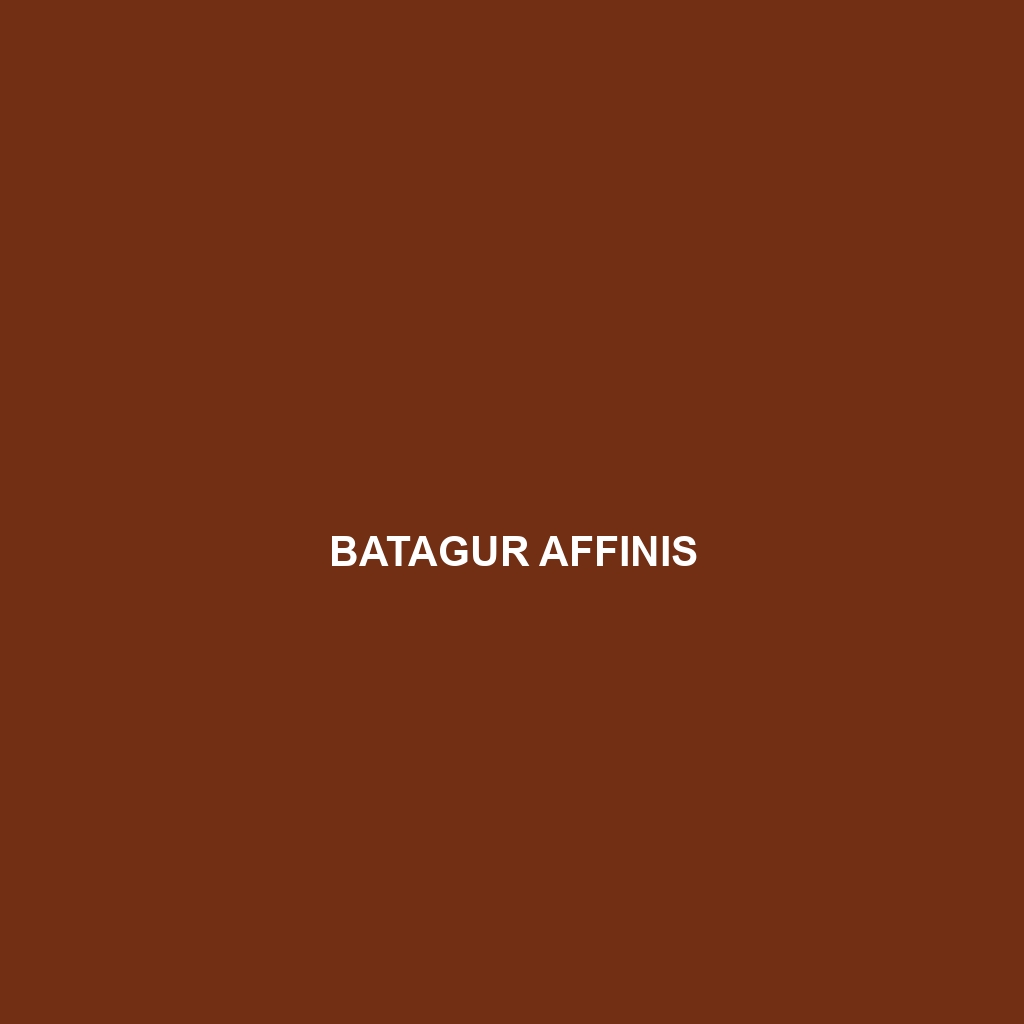The Rafetus swinhoei, or Yangtze giant softshell turtle, is a critically endangered species native to freshwater river systems in Southeast Asia, characterized by its large size, soft leathery shell, and nocturnal behavior. As an omnivore, it plays a vital role in maintaining aquatic ecosystems, but significant habitat loss and threats from pollution have dramatically reduced its population.
Tag: critically endangered species
Rafetus euphraticus
<strong>Rafetus euphraticus</strong>, commonly known as the Euphrates softshell turtle, is a critically endangered species native to the freshwater environments of the Middle East, distinguished by its large, flattened carapace and strong territorial instincts. This omnivorous turtle plays a vital role in maintaining biodiversity and water quality within its habitat while facing significant threats from habitat destruction and pollution.
Rafetus swinhoei
The Rafetus swinhoei, or Yangtze giant softshell turtle, is a critically endangered species native to freshwater river systems in Southeast Asia, characterized by its large size, soft leathery shell, and nocturnal behavior. As an omnivore, it plays a vital role in maintaining aquatic ecosystems, but significant habitat loss and threats from pollution have dramatically reduced its population.
Rafetus euphraticus
<strong>Rafetus euphraticus</strong>, commonly known as the Euphrates softshell turtle, is a critically endangered species native to the freshwater environments of the Middle East, distinguished by its large, flattened carapace and strong territorial instincts. This omnivorous turtle plays a vital role in maintaining biodiversity and water quality within its habitat while facing significant threats from habitat destruction and pollution.
Pholidoscelis dorsalis
<p><b>Pholidoscelis dorsalis</b>, commonly known as the Antiguan Racer, is a critically endangered snake species endemic to Antigua, thriving in dry forests and rocky coastal habitats. With a vibrant greenish-brown coloration and a slender body reaching up to 70 cm, this diurnal insectivore plays a crucial role in regulating insect populations and is vital for the island's ecological health.</p>
Gavialis gangeticus
The Gharial (Gavialis gangeticus) is a critically endangered crocodilian native to the river systems of the Indian subcontinent, distinguished by its long, slender snout adapted for catching fish. Primarily nocturnal, Gharials play a vital role in maintaining healthy aquatic ecosystems by regulating fish populations.
Batagur baska
Discover the Batagur baska, also known as the Southern River Terrapin, a critically endangered species native to the freshwater habitats of South and Southeast Asia. This large, semi-aquatic turtle, characterized by its distinctive olive-brown and yellow domed carapace, plays a crucial role in its ecosystem by regulating aquatic plant populations and dispersing seeds.
Batagur affinis
Discover the Batagur affinis, or Reevus turtle, a critically endangered species native to Southeast Asian freshwater habitats, characterized by its robust shell, distinctive coloration, and predominantly herbivorous diet. This remarkable turtle plays a vital role in maintaining aquatic ecosystems as it feeds on various plants and contributes to nutrient cycling.
Dall’s Porpoise
Discover the critically endangered Vaquita, the world's smallest marine mammal, found exclusively in the Gulf of California. With fewer than 30 individuals remaining, this elusive porpoise plays a vital role in its ecosystem, yet faces dire threats from illegal fishing and habitat degradation. Explore the unique characteristics, behaviors, and conservation efforts surrounding this remarkable species, often dubbed the "panda of the sea."
Nyala
Discover the Saola, a rare and elusive creature often referred to as the "Asian unicorn," found in the lush forests of the Annamite Range in Vietnam and Laos. With its striking appearance and solitary behavior, this Critically Endangered species plays a vital role in its ecosystem while captivating wildlife enthusiasts since its discovery in 1992. Learn about its unique habitat, diet, and the urgent conservation efforts necessary to protect this remarkable mammal.









